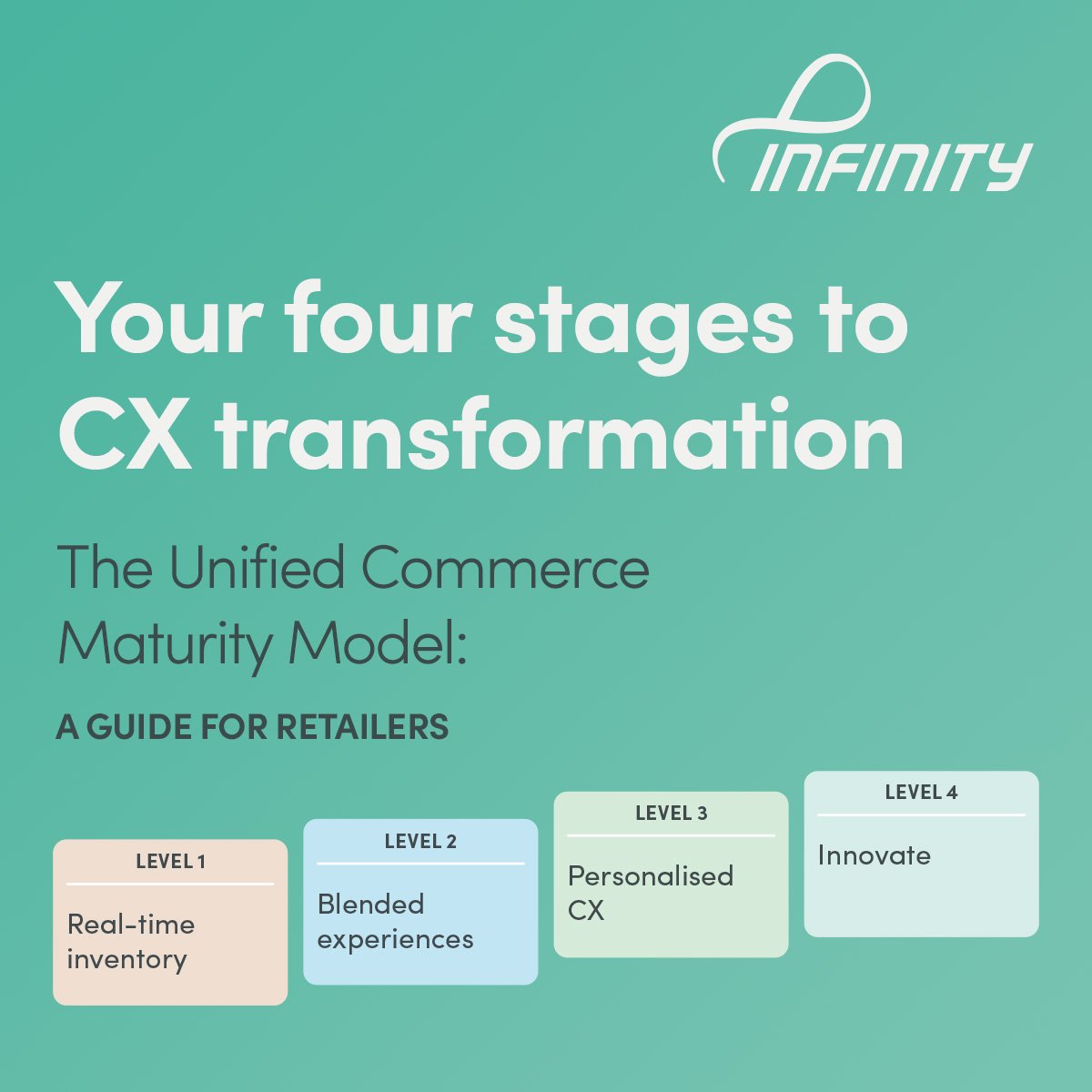Here’s new functionality across the Infinity platform that will help you and your team reduce operational complexity and create a differentiated omnichannel customer experience.
Infinity is a modular platform and you may need additional components or licencing to access some functionality.
INFINITY API
Leverage the latest .NET technology
Starting in April 2025, Infinity APIs will be shipped to use .NET Core 8, the latest long-term support framework from Microsoft. This upgrade will ensure enhanced security and provide cutting-edge features for operational APIs.
PRODUCT INFORMATION MANAGEMENT
Monitor data changes for enhanced security
Field audit logging is a great way to keep track of changes to Infinity data fields, allowing you to protect profitability, monitor inventory and maintain system security by making sure data is being captured and maintained correctly. We’ve enhanced the item fields that you can audit by adding alternate barcodes, so you can easily see if a barcode has been changed, who changed it and when.
INVENTORY
Get a consistent view of custom item attributes
Last year, we gave you the ability to use additional custom fields when you search for items and view their details, so you could easily see the product data and attributes most relevant to your business. We’ve now extended these changes to include purchase orders, replenishment requests and demand forecasts, giving you a consistent view of item attributes across a range of vital stock management processes.
Use branch transfer requests to maintain optimal stock levels
Every retailer knows how important it is to have the right stock in the right place at the right time. If your business has multiple sites, Infinity Cloud now makes moving stock across stores easier with the introduction of branch transfer requests.
If your store staff notice stock is running low or need to increase stock for any other reason, they can scan the items and then send a transfer request to another store. If you use Infinity Messaging, the other store will be automatically alerted to the request. It can then transfer you the stock, giving you another, seamless way to maintain optimum inventory levels.
ORDER MANAGEMENT
Send tax invoices to online customers automatically
You can now enhance your customers’ online ordering experience and speed up order processing in stores by automatically emailing GST invoices. Note that this will require a change to your customised A4 print layout, if you have one.
CUSTOMER & LOYALTY
Elevate your loyalty offering with Eagle Eye
Infinity now integrates with Eagle Eye, allowing enterprise-level businesses to take advantage of its flexible personalisation loyalty solution. The integration enables real-time earning and burning of loyalty offers, points and vouchers held in personal wallets via API for optimal customer experience.
If integrating with Eagle Eye would suit your business, please get in touch to discuss the customisations needed to get it up and running.
PRICING & PROMOTIONS
Quickly identify pricing rules that apply to promotions
Our complex pricing solution lets you easily create promotional rules for either single items or multi-buys using multiple pricing attributes that you can then apply to promotional offers. With the latest changes, store managers can now quickly see which pricing rules apply to a promotion, giving them a better understanding of current offers.
And if you use Infinity Cloud in your stores, your store staff can also easily see which single-quantity promotional rule applies to items when they check shelf prices.
Calculate multi-buy web cart prices more reliably
If you use our web pricing solution, you’ll find we’ve improved speed and performance when a high number of rules-based product sets are in operation, meaning that multi-buys are more quickly and reliably calculated in the cart and the customer’s overall shopping experience goes more smoothly.
REPORTS & ANALYTICS
Track multiple stock adjustments
Keeping your inventory straight sometimes means having to adjust stock numbers in bulk, such as when a group of products was incorrectly receipted, arrived damaged or was inaccurately counted. We’ve made it easier to keep track of when this happens and to understand changes made to your stock levels by allowing you to report on groups of products that were adjusted at the same time.
ADMINISTRATION
Drill down on stores’ trading day results
Getting an accurate view of trading results at your stores is a vital way of understanding the cashflow through your business and your stores’ overall position. If you use Infinity’s extended cash management module, you can now easily search for individual store trading days, giving you the granular cashflow visibility you need.
Streamline logging into Infinity Cloud
Logging into Infinity Cloud at a store branch is a more seamless experience now that the branch selector automatically defaults to the only branch in the list, making the logon faster and smoother.
TECHNOLOGY
Use the latest Microsoft technologies
Infinity now fully supports Windows Server 2025, allowing customers to use the most recently available Microsoft operating system in enterprise environments.
Enhance monitoring of progress during upgrades
Monitoring the progress of automated upgrades is easier now that you can track progress and identify issues using the Infinity Upgrade Dashboard. Working in conjunction with the existing upgrade command function in Head Office, the dashboard displays the overall upgrade progress, while also allowing you to see if a specific branch has upgraded and is ready to trade, and to identify any stations that had errors. You can also see where an upgrade command was sent and should have executed but has not.
To find out more about any of these enhancements and add them to your Infinity platform, contact us.
If you’d like to get our regular ‘New in Infinity’ updates in your inbox, sign up to our newsletter.



























